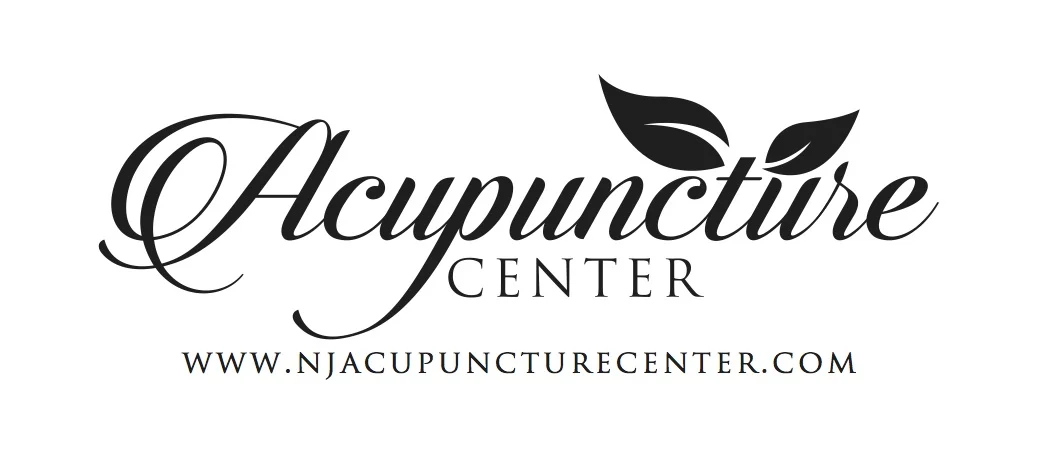Acupuncture At The Zoo: The Story of Lottie The Koala
/Anyone who suffers from arthritis, or is close to someone suffering from it, knows how debilitating it can be to live with. That isn’t limited just to us humans, either.
Lottie is a Koala bear that has been at the Riverbanks Zoo in Columbia, South Carolina since 2002. Any mother knows that raising young ones can be a physical burden, and since Lottie arrived at Riverbanks Zoo in 2002, she has given birth to 11 joeys. All that joey-rearing (Koalas use their back to carry their children) and climbing and the physical rigors of everyday life have taken their toll of Lottie, who the staff at Riverbanks found had began suffering from arthritis and muscle tension.
However, Lottie has been showing signs of improved motion and strength recently, and the credit can be granted to the veterinary staff at Riverbanks, who treated Lottie’s arthritis and muscle tension with acupuncture.
“The animal care team at Riverbanks currently performs acupuncture on Lottie once every two to three weeks,” said John Davis, the director of animal care and welfare at Riverbanks told the Free Times. “Each treatment session last about 15 to 20 minutes, with the staff veterinarian inserting at least 10 small needles (about the size of a human hair) into Lottie’s lower back and hip area.”
If you’re wondering how easily a wild animal takes to acupuncture, Lottie has her days.
“We realized that she’s okay with it some days and not OK with it on other days,” Davis says. “If she starts to retreat up the tree in the middle of a session, then we just end the session.”
But based on Lottie’s improvement, it looks like she’s been OK with acupuncture more than not.





